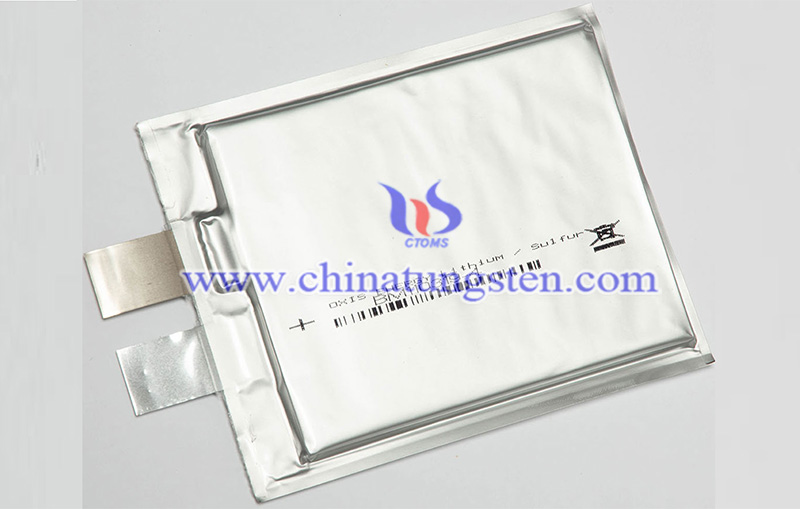Peking University Develops Nano-Cobalt Porous Carbon for Li-S Battery
- Details
- Category: Tungsten's News
- Published on Tuesday, 19 May 2020 23:28
For Li-S battery, researchers from Peking University develop cobalt clusters in nitrogen‐doped porous carbon. The lithium-sulfur (Li-S) battery is considered a promising candidate for the next generation of energy storage systems due to its high specific energy density and low cost of raw materials. However, the practical application of Li-S batteries is limited by several weaknesses such as the shuttle effect of polysulfides and the insulation of the electrochemical products of sulfur and Li2S/Li2S2.
The continuous advancement of technology has put forward higher requirements for lithium-ion battery technology, especially in large-scale energy storage fields such as electric vehicles, which require new lithium-ion batteries with higher energy density and cheaper prices. Among them, Li-S battery, as a multi-electron reaction lithium-ion battery, owns an energy density (2600Whkg) and a price advantage.

However, there are a series of problems in the process of charging and discharging of Li-S batteries, such as poor conductivity of elemental sulfur, the intermediate product polysulfide has a shuttle effect, and volume expansion during charging and discharging. For the above problems, researchers have proposed a series of optimization strategies for the host material of the sulfur cathode such as improving the conductivity of the sulfur cathode through porous carbon, and increasing the adsorption of polysulfides through nitrogen doping. While the effects achieved by various means are limited and cannot fundamentally solve the problem. Therefore, a more effective cathode host material that integrates various functions are under requiring.
Recently, the research team led by Professor Feng Pan of Peking University prepared a nitrogen-doped porous carbon cage carrying cobalt nanocrystals based on common MOF materials as the host of a new Li-S battery. The material was found to have excellent electrochemical performance through characterization tests and by the means of XRD, SEM, TEM, XPS, and DFT calculations. The positive effects of adsorption and conversion of polysulfides provide ideas for the preparation of new cathode materials for lithium-sulfur batteries. The work was recently published in the well-known journal Advanced Energy Materials.
Here, by doping nitrogen and integrating highly dispersed cobalt catalysts, a porous carbon nanocage derived from glucose adsorbed metal-organic framework is developed as the host for a sulfur cathode. Via combining experiments and density functional theoretical calculations, it is demonstrated that the well‐dispersed cobalt clusters play an important role in greatly improving the diffusion dynamics of lithium, and enhance the absorption and conversion capability of polysulfides in the host structure.
The highly dispersed cobalt nanocrystal-supported nitrogen-doped porous carbon cage has versatile effects on sulfur active materials and polysulfide intermediates, including improved conductivity, high sulfur loading, stress relief, and so on. They can ensure the high rate performance and long cycle life of lithium-sulfur batteries.
At the same time, a series of studies have shown that the highly dispersed Co nanocrystals supported in the framework not only effectively promote the diffusion of lithium ions and the redox of polysulfides, but also can be further enhanced compared to graphene and nitrogen-doped structures. The work of Peking University provides a reference for transition metal as high-performance catalysts for polysulfides in Li-S battery.
- Tungsten Manufacturer & Supplier, Chinatungsten Online: www.chinatungsten.com
- Tungsten News & Prices of China Tungsten Industry Association: www.ctia.com.cn
- Molybdenum News & Price: news.molybdenum.com.cn
- Tel.: 86 592 5129696; Fax: 86 592 5129797; Email: sales@chinatungsten.com



 sales@chinatungsten.com
sales@chinatungsten.com